all the other analytical analyses had been done through the use of version that is SPSS-PC (SPSS Inc., Chicago, IL). Answers are reported as mean В± standard deviation, and p values Fig. 1 illustrates the calculation of soleus H-reflex gain for the positions tested within an interest, additionally the contrast of reflex gain between your two standing positions and also the lying place. Note the little variation in M-wave amplitude, showing persistence in stimulation strength, over the contraction cam4 amounts together with tasks within an interest.
Group Suggest Outcomes
There clearly was no difference that is significant the young and senior teams when you look at the normalized midpoint history EMG level used for comparison of H-reflex gain throughout the positions tested (young, 23%; old, 28% of top hiking EMG) ( dining Table 1 ), although due to the low energy of the analytical test (26%), a genuine huge difference might have been missed. This muscle tissue activation level employed for comparison ended up being the one that could be commonly used in everyday tasks. The M-wave amplitude for the test stimuli, a way of measuring persistence in stimulation strength, failed to vary with human anatomy position either in the young or senior teams, indicating that variations in reflex amplitude across positions tested are not because of differences in stimulation strength ( dining dining Table 1 ). The low test stimuli amplitude that is m-wave older people group (p dining dining Table 1 ) reflects the reduced M-wave optimum observed within the elderly grownups compared to the young adult topics (p dining Table 1 ), since is previously seen ( 50) ( 54) ; the latter likely reflects paid down muscle when you look at the senior topics.
When compared with a position that is lying the mean soleus H-reflex gain ended up being notably reduced in the normal stance place when it comes to young topics . Due to the low energy associated with the analytical test (4%) if the modification in reflex gain had been analyzed when it comes to senior topics within the natural stance position, a genuine huge difference might have been missed. Two senior topics had been not able to perform the tandem stance task as a consequence of stability problems.
Scatter Plot Outcomes
For both young and senior grownups, there is no statistically significant linear relationship between habitual physical exercise degree together with per cent change in soleus H-reflex gain whenever moving from lying to an all natural or tandem stance .05 for every single correlation). For the young topics, the main one apparent outlier with all the extremely high physical working out rating had been omitted through the correlation calculation since the solitary outlier significantly changed the correlation, not having less importance 3 and Fig. 3 along with topics). Even though there ended up being no linear relationship into the information in Fig. 3, there is a pattern that is interesting noticed in the elderly topic data, if an individual compares older people grownups with reduced and greater physical working out amounts. The unit between reduced and greater physical exercise for those topics ended up being defined to end up being the midpoint (physical exercise score of 20) of this array of scores (3–42) noticed in the senior team. Although on the list of teenagers, only 1 topic revealed an increase that is slight soleus H-reflex gain when normal stance had been weighed against lying ( Fig. 3), a growth ended up being a whole lot more common for the lower task senior team ( Fig. 3). Top of the right quadrant of Fig. 3 is certainly caused by with a lack of data points, with the exception of 1 point having a somewhat good value for per cent improvement in reflex gain. This circulation suggests that, aided by the one low good value exclusion noted, we usually do not observe greater actually active elderly individuals who increase their soleus H-reflex gain whenever normal standing is in contrast to a lying position.

